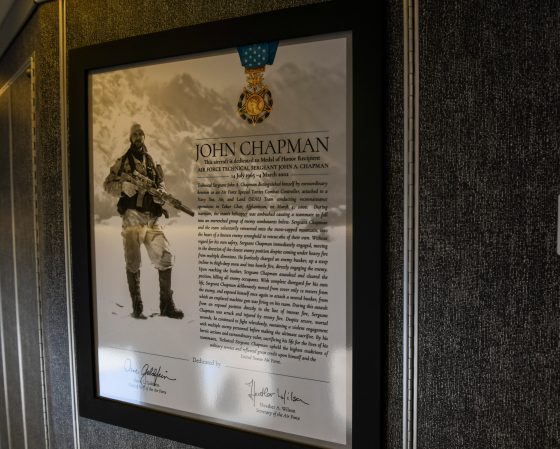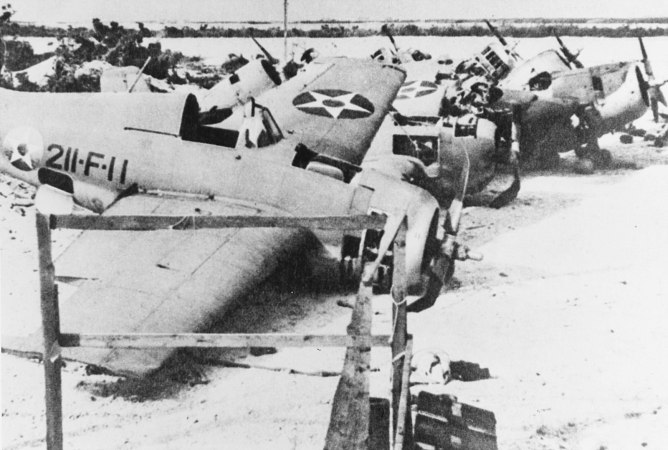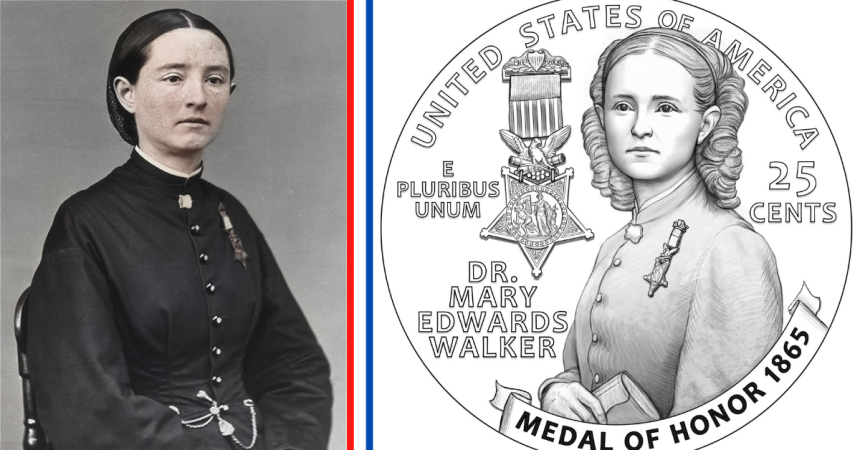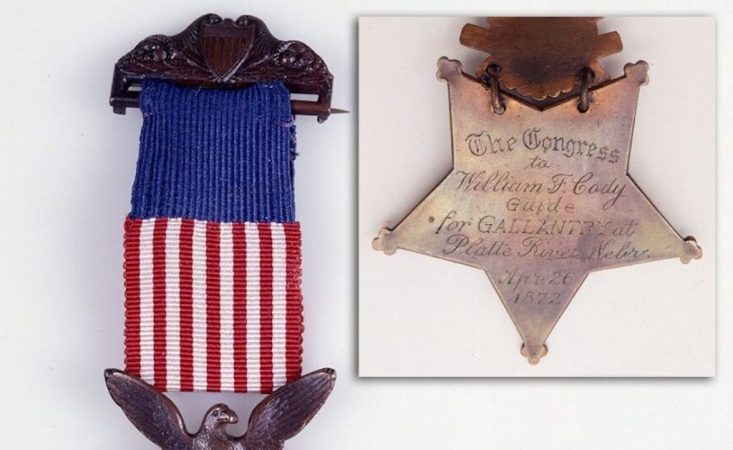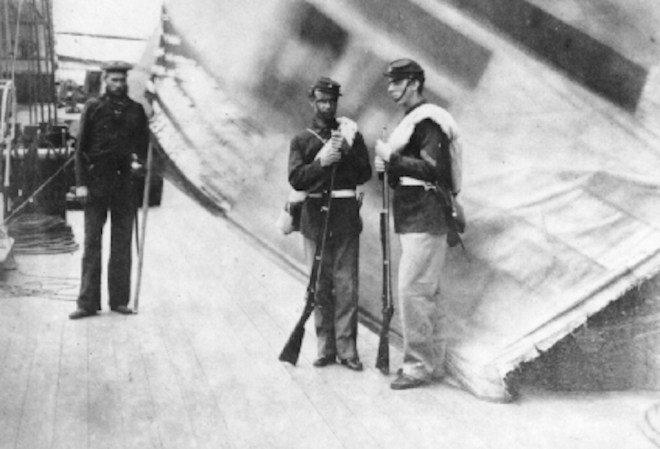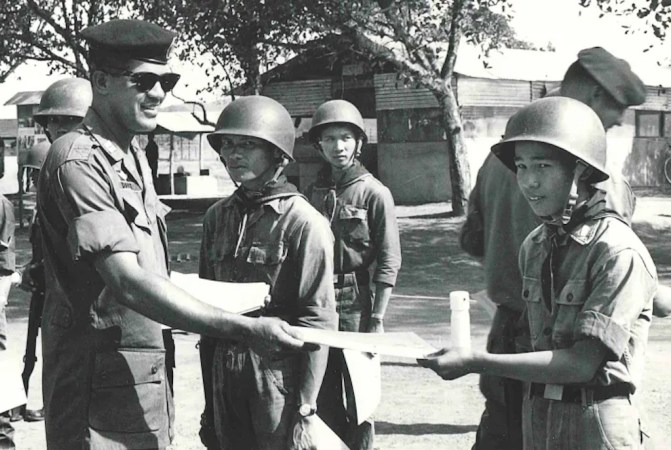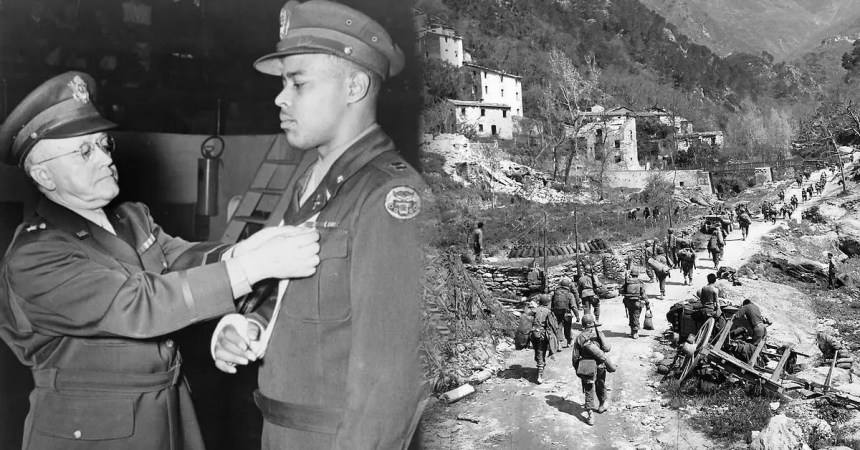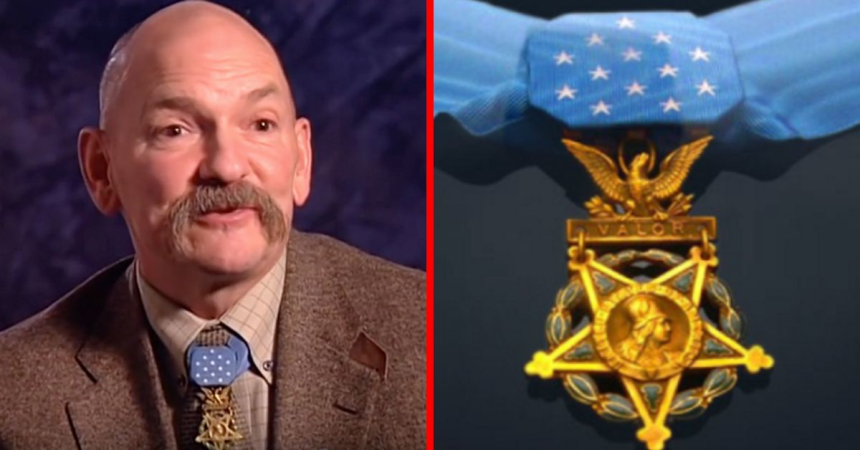The Medal of Honor is well-known as the U.S. military’s highest honor for acts of valor in the face of the enemy. It is bestowed for “conspicuous gallantry and intrepidity at the risk of life above and beyond the call of duty.” Usually, only members of the military earn the award. But a few, rare civilians have, too. It’s kind of a big deal.
Created in 1861 as a Navy medal, there have been 3,513 Medals of Honor bestowed, with roughly half going to veterans of the U.S. Civil War. The medal is generally given only to U.S. military members, but in the history of the United States, eight civilians have received the honor for their actions on the battlefield.
A purge of Medal of Honor recipients in 1917 stripped the eight of their awards (with a total of 911 previous awardees) after Congress tightened the rules. Seven were restored in 1989, and one more in 1977.
These 8 civilians received the Medal of Honor
“Buffalo Bill” Cody

In 1872, Buffalo Bill was a scout for the U.S. Army during the Indian Wars. He received the medal for gallantry in combat after leading a cavalry charge against a band of Sioux warriors. He killed two of the warriors, recovered their horses, and then chased them off the battlefield. His medal was restored in 1989.
Amos Chapman and Billy Dixon

Chapman was also a civilian scout for the U.S. Army during the Indian Wars of the late 19th century. He was a half-Native who also worked as an interpreter. While working with Lt. Frank Baldwin out of Fort Dodge, he and another civilian scout, Billy Dixon, along with four soldiers, were confronted by a joint force of more than a hundred Comanche and Kiowa warriors. The six retreated to a buffalo wallow, essentially a mid-sized hole in the ground. On the way there, Dixon was injured, so Chapman picked him up and carried him to the defensive position. He stopped to fight off attackers on occasion, but was shot in the leg a quarter mile from the wallow. He dragged himself and Dixon the rest of the way to the wallow. The six held out until weather forced the enemy withdrawal, three days later.
James Dozier

Another civilian scout during the Indian Wars, Dozier was awarded the honor for gallantry at the Little Wichita River, Texas in 1870. Dozier and another scout tracked a band of the Keechi to Bluff Creek. Dozier fired down on the Keechi from a higher position, wounding Chief Keesh-Kosh. Noticing that U.S. soldiers below were exposed to direct fire from a band of Keechi on a hillside, Dozier mounted his horse and attacked the band by himself. Dozier suffered serious injuries when his horse was shot out from under him, but was credited with the campaign’s success.
John Ferrell
Ferrell was a civilian in the service of the Union Navy during the Civil War. While acting as a Navy pilot near Nashville, Tennessee, an engagement with Confederates saw the flag of their ship, the Neosho, shot down. Ferrel and the ship’s quartermaster ran through the enemy fire to reraise the flag.
Martin Freeman

Another U.S. Navy civilian in service to the Union during the Civil War, Freeman was at the Battle of Mobile Bay, Alabama. He was the pilot of the Union Flagship. He piloted the Navy’s ships into the bay under “terrific” enemy fire, from Fort Morgan, the CSS Tennessee, and a flotilla of Confederate gunboats. The boats were captured, the Tennessee surrendered, and the Fort’s guns were silenced.
Mary Edwards Walker

Walker received her Medal of Honor recommendation from General William Tecumseh Sherman himself. She worked as a contract surgeon at the battles of Bull Run, Fredericksburg, Chattanooga, and Chickamauga. During battles, she would frequently cross enemy lines and treat civilians. Throughout the war, she was contracted as a surgeon by the Army of the Cumberland, the 52d Ohio Infantry, and the Patent Office Hospital in Washington, D.C. She would be arrested by the Confederacy as a spy in 1864 and spend four months as a POW. She received the Medal of Honor from President Andrew Johnson, and refused to give it back when Congress erased her award. She died two years later. President Jimmy Carter restored her status in 1977.
William H. Woodall
Woodall was a civilian employee of the Union Army during the Civil War. At the Battle of Namozine Church, while riding as a scout with Gen. Philip Sheridan’s Cavalry Corps, Woodall was with a group of scout spies dressed in Confederate uniforms when they captured Confederate General Rufus Barringer. Woodall captured the general’s headquarter’s flag.



